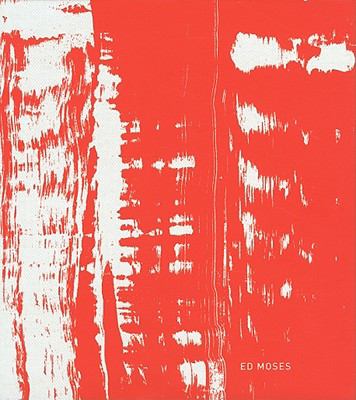I was going through all the artist reference listed in the project brief and Ed Moses’s drawings really stood out to me. The images that turned up when I googled “ed moses drawings” really drew me in and my mind sparked ideas for the project.
However I found that it was quite a challenge to search information online. Everything was so private since the museums did not give anything away. So I went to the ADM Library to borrow the Ed Moses book which was much easier since it had all that I was looking for. The book allows a more intimate connection between the reader and Ed Moses because of the interviews recorded in it.
From what I have gathered, Ed Moses does a lot of experimentation on materials and techniques in his work. He is constantly taking risks, trying out new materials and testing new forms; moving away from his comfort zone.
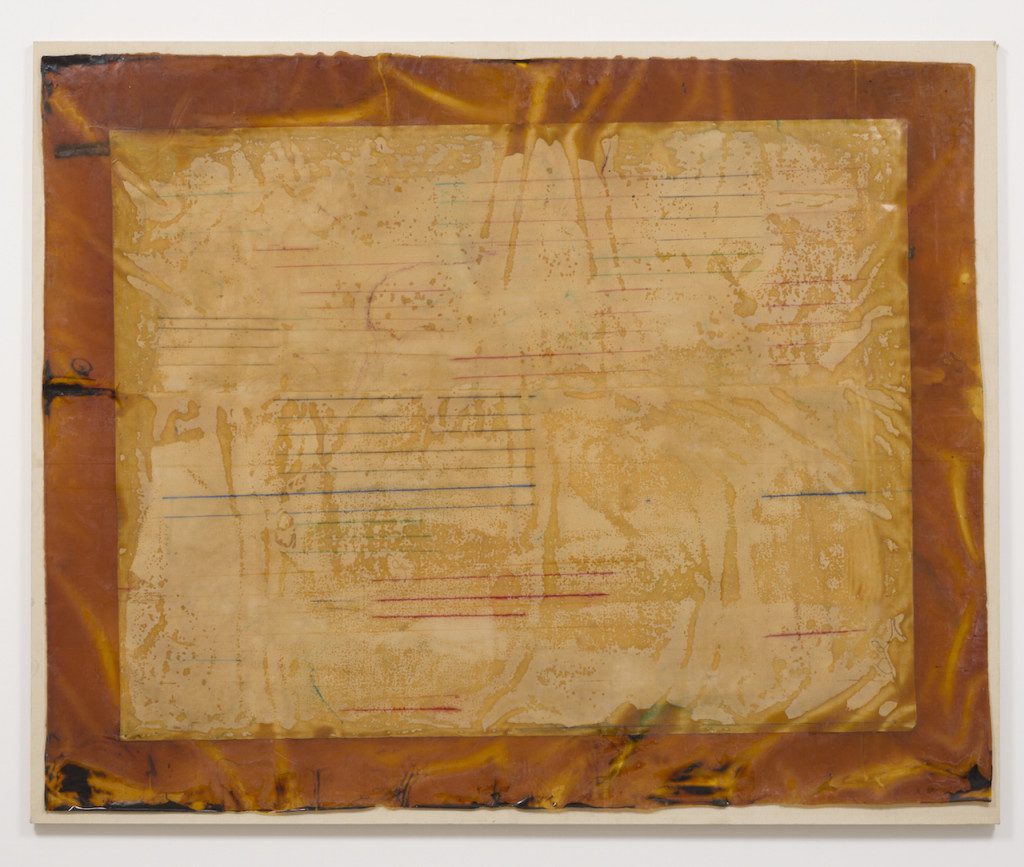
Ed Moses used resin for his Hegemann Series and I thought it was really interesting. In the book he stated that by putting the canvas face down on a big Mylar table, he could pour resin on the backside and it would bleed through the canvas out to the edge. He would then put fiberglass cloth around the edge to give it some structure. When it dried, he would peel the whole thing off and the result will be a surprise. The resin embedded in the canvas, as were the snap lines- they turned out shiny in some places and flat in others.
Why do you paint on both sides of the canvas?
That was what Frances Colpitt, a professor and Deedie Potter Rose chair of art history from Texas Christian University, asked Ed Moses. He mentioned of his discovery of ‘ghost’ painting when he reversed the canvas and the ghost images came through, which he liked a lot. So he wanted to put some kind of mark to it that indicated he made it, rather than being ‘found’. His idea of these ‘ghost’ paintings really intrigues me. It is like recycling an artwork when you don’t like it. Or creating a 2 in one.
Below are some of the works that I picked out from the book.
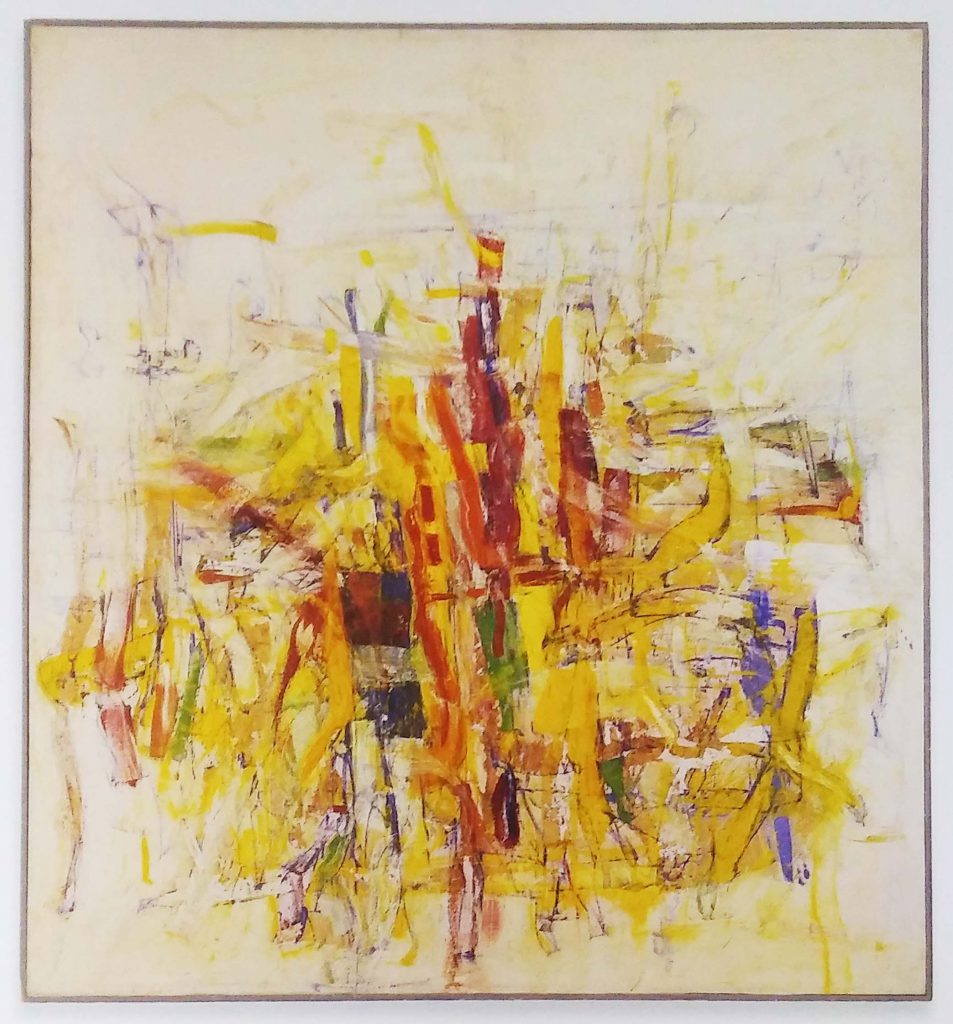
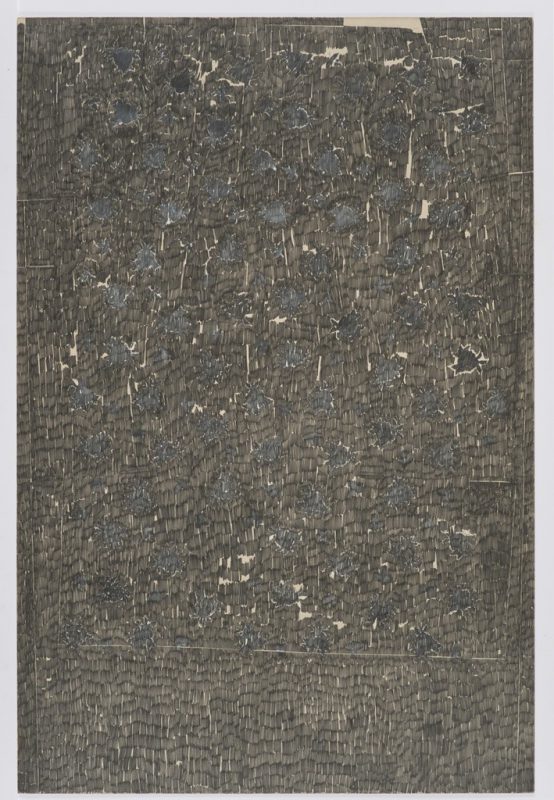
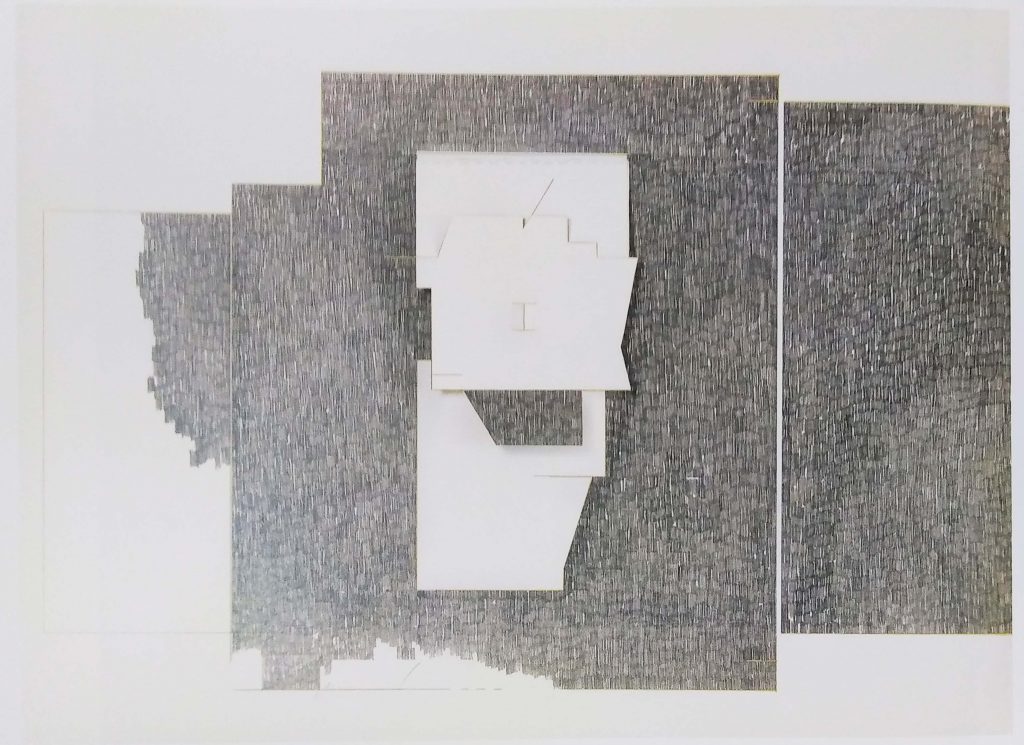
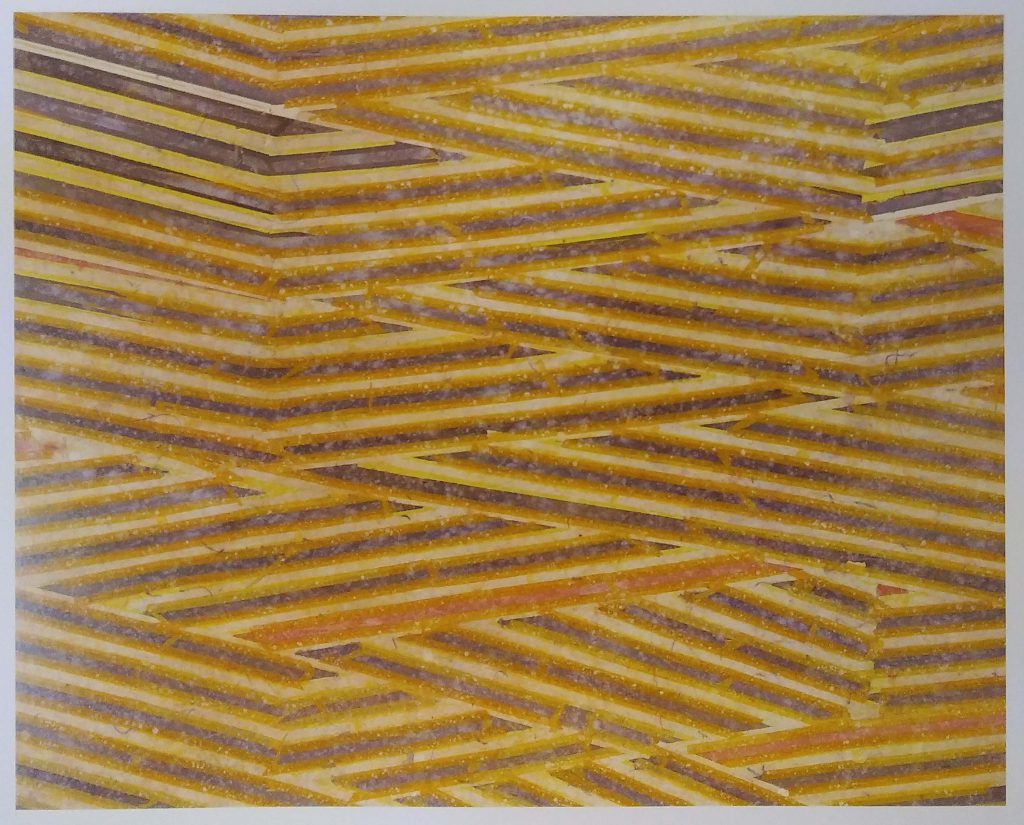
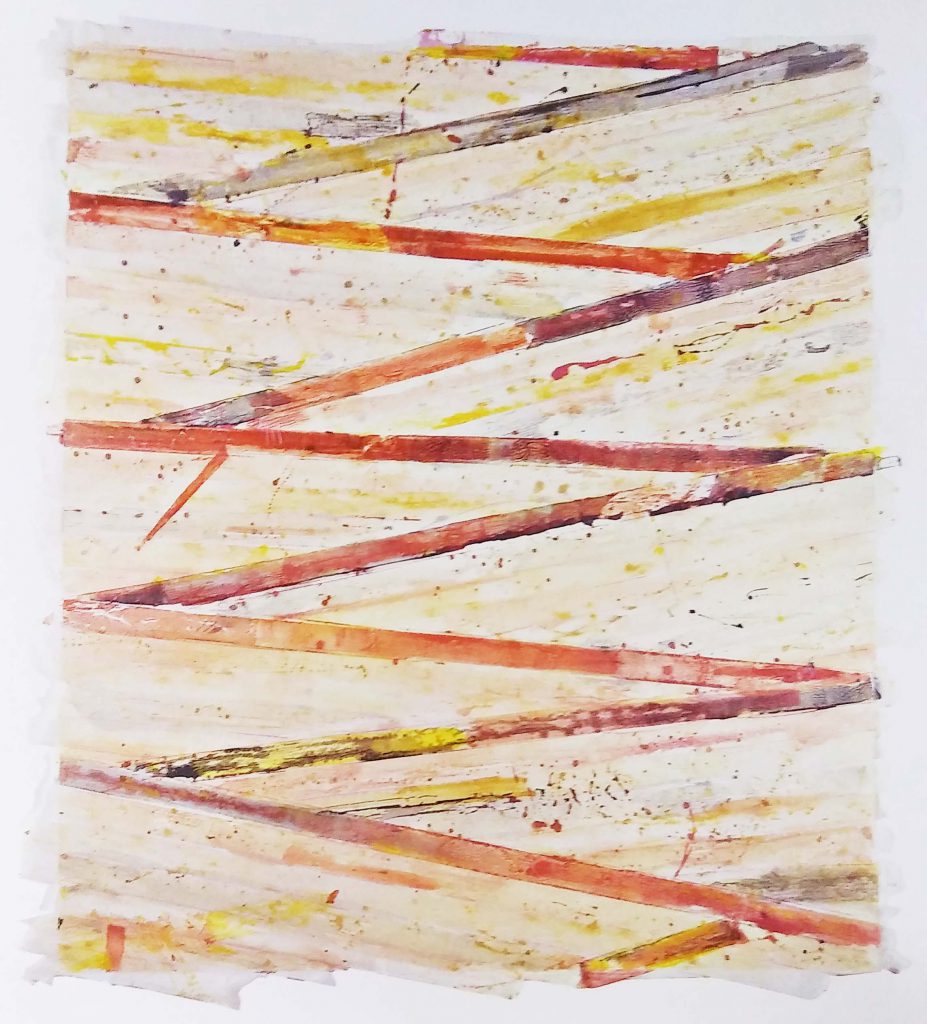
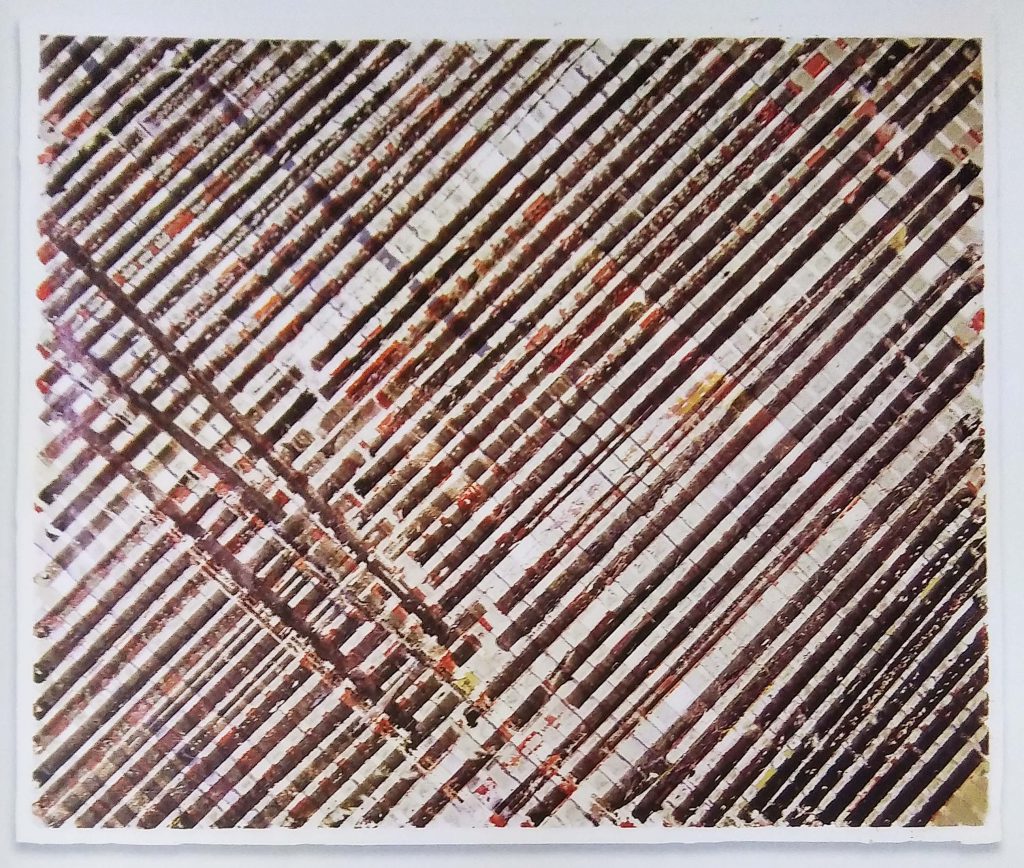

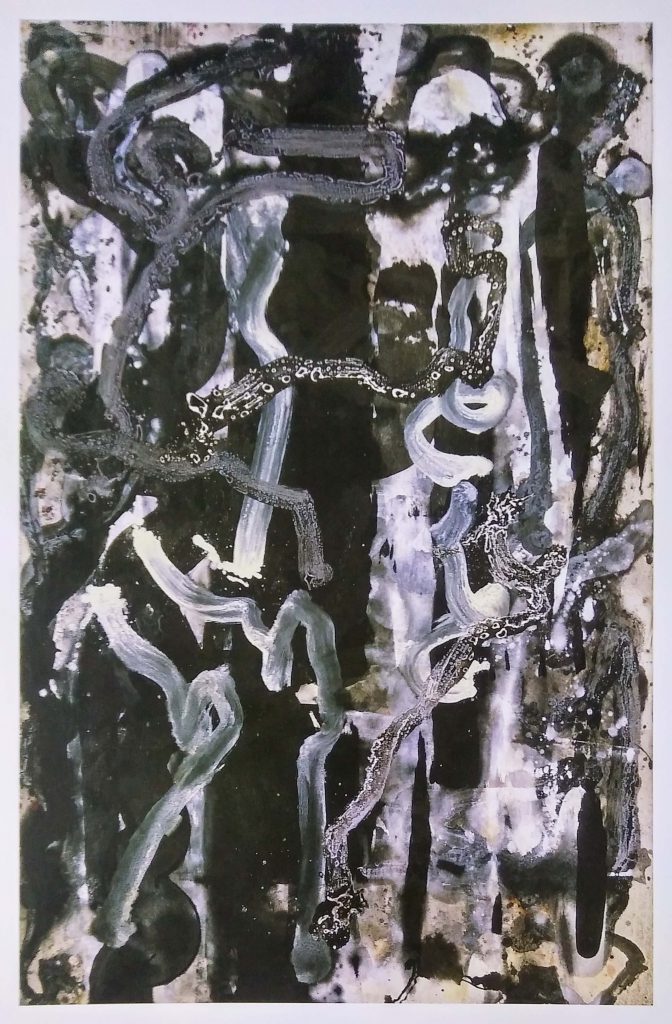
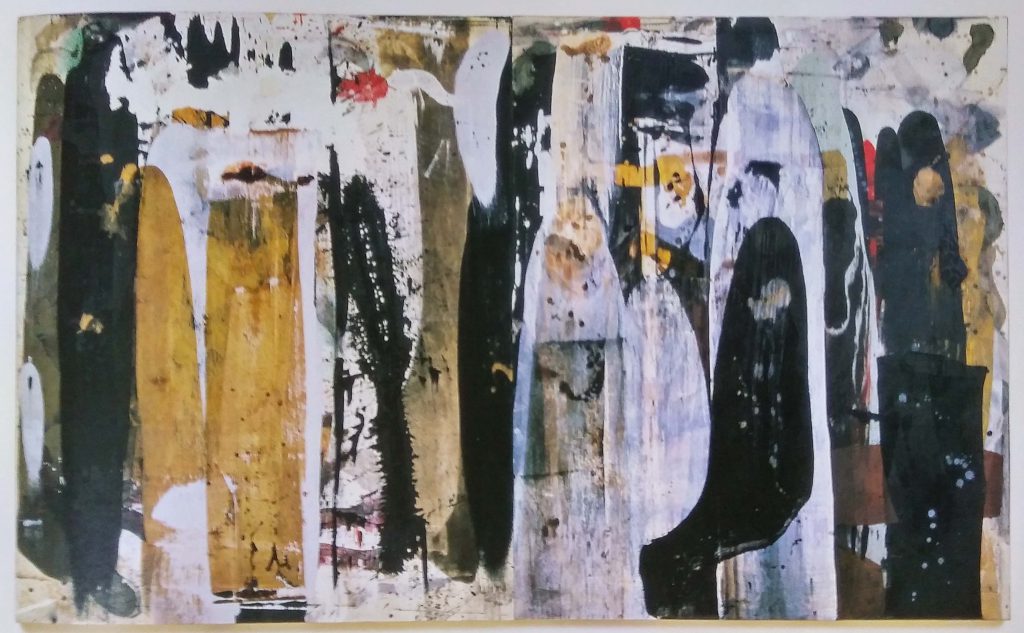

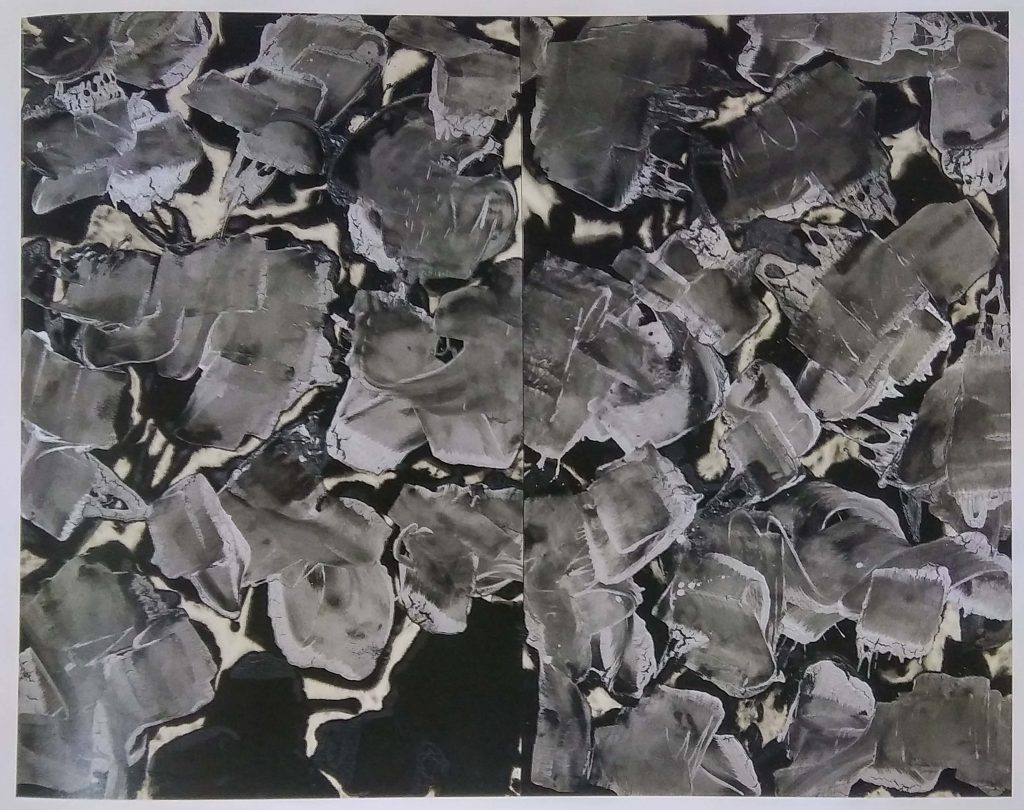
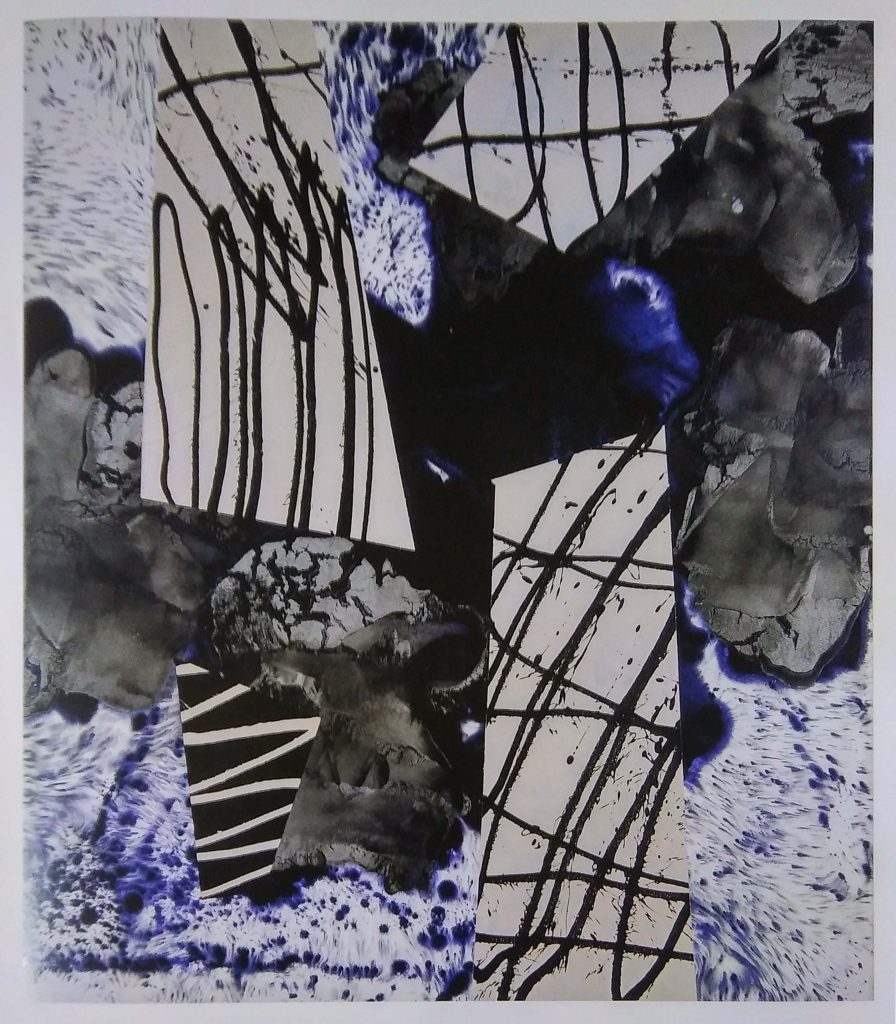
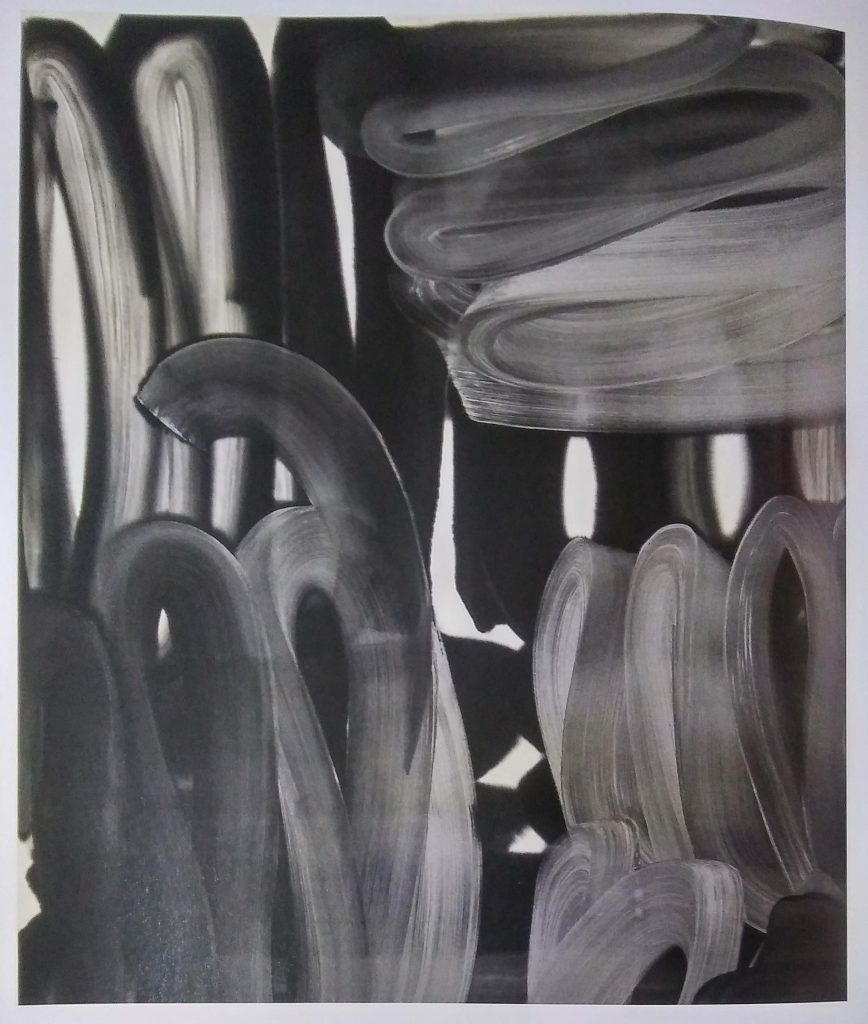
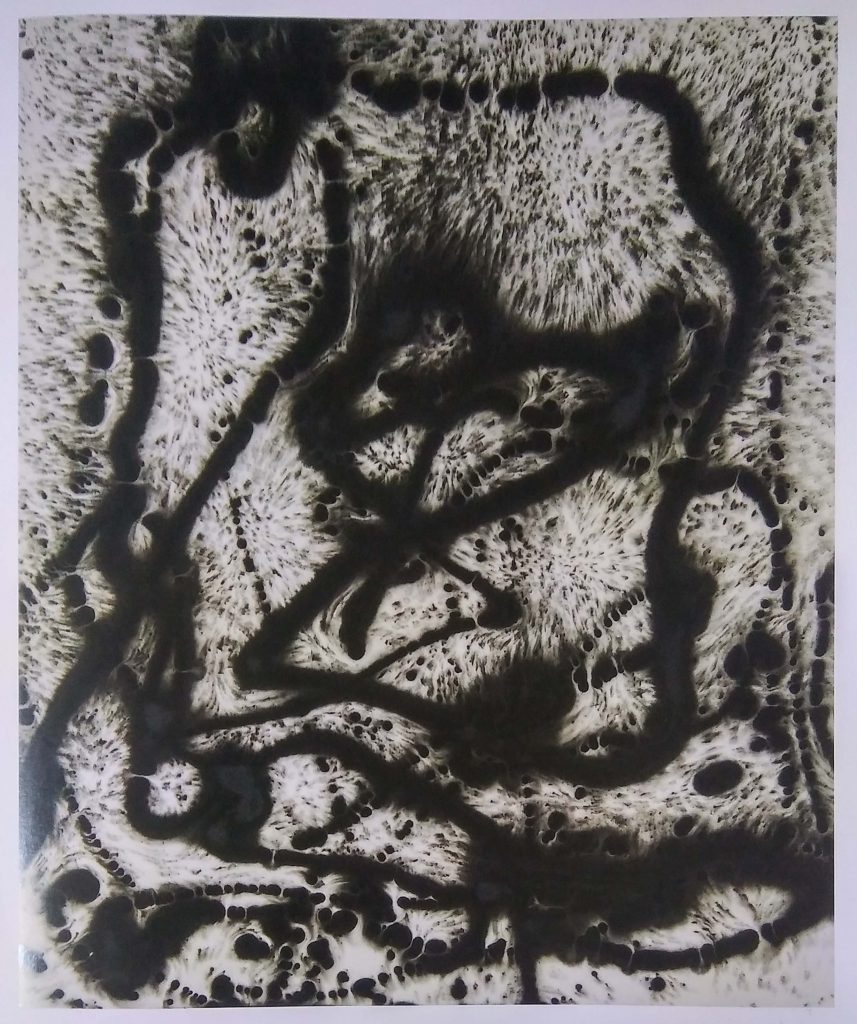
Next Post: https://oss.adm.ntu.edu.sg/ytan149/foundation-2d-my-line-is-emo/
